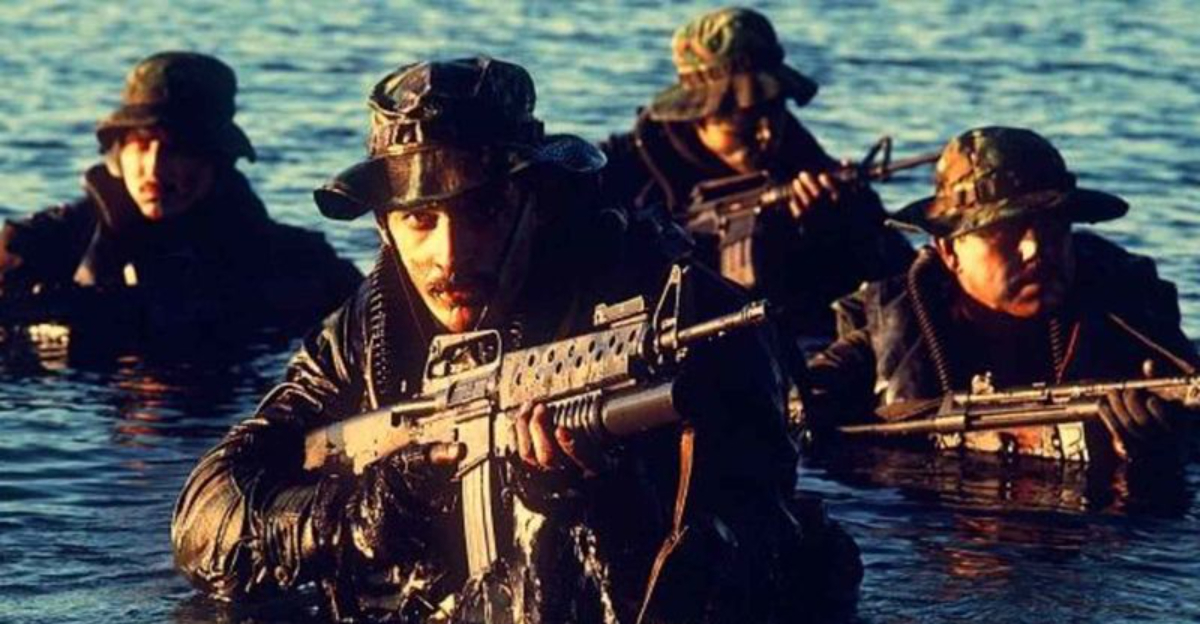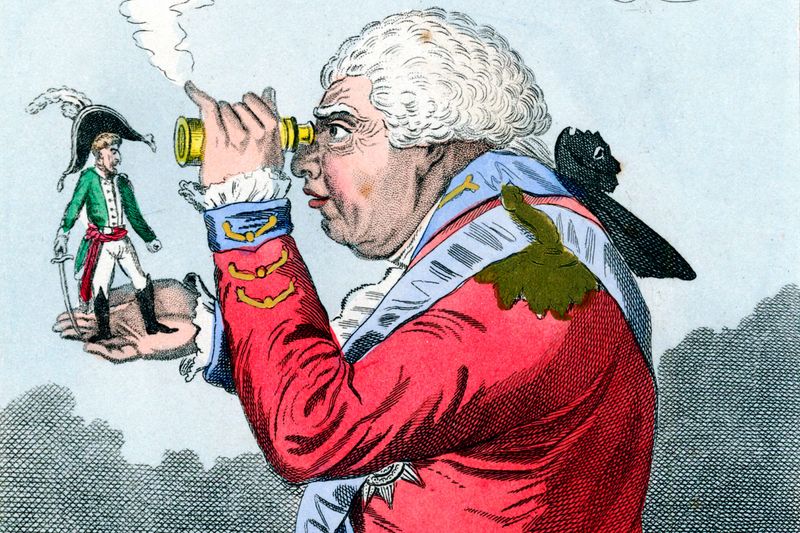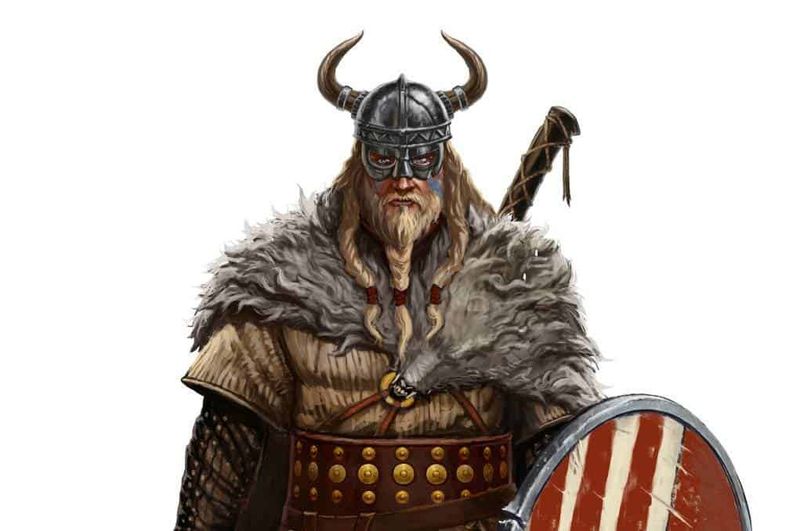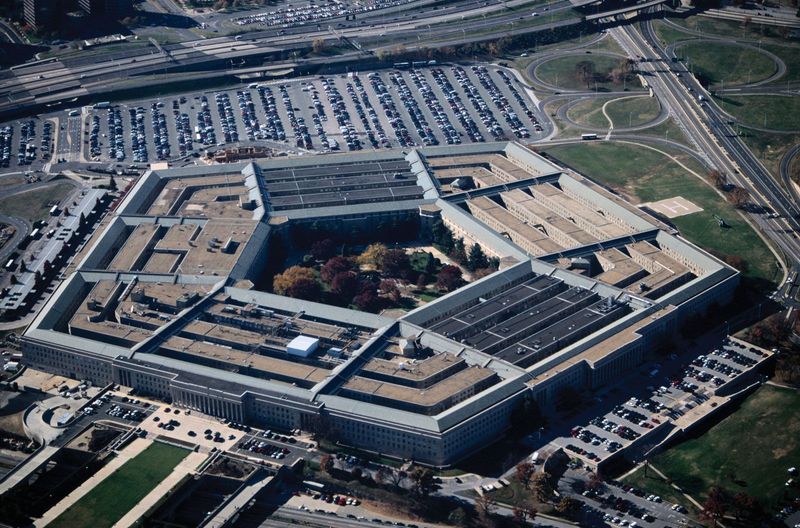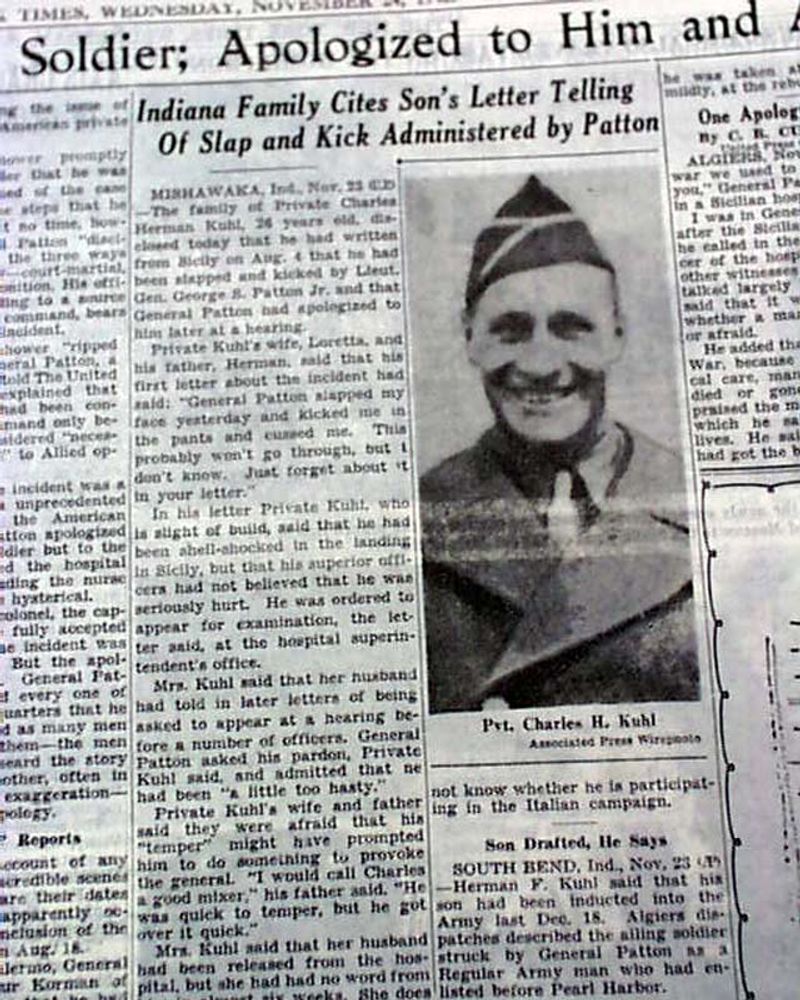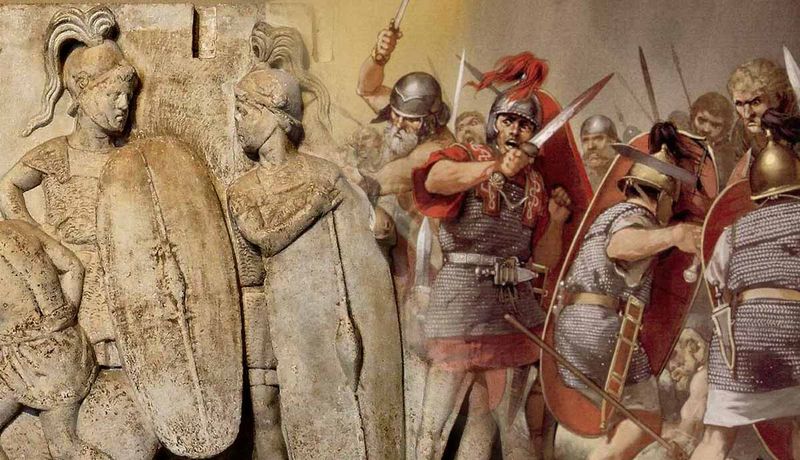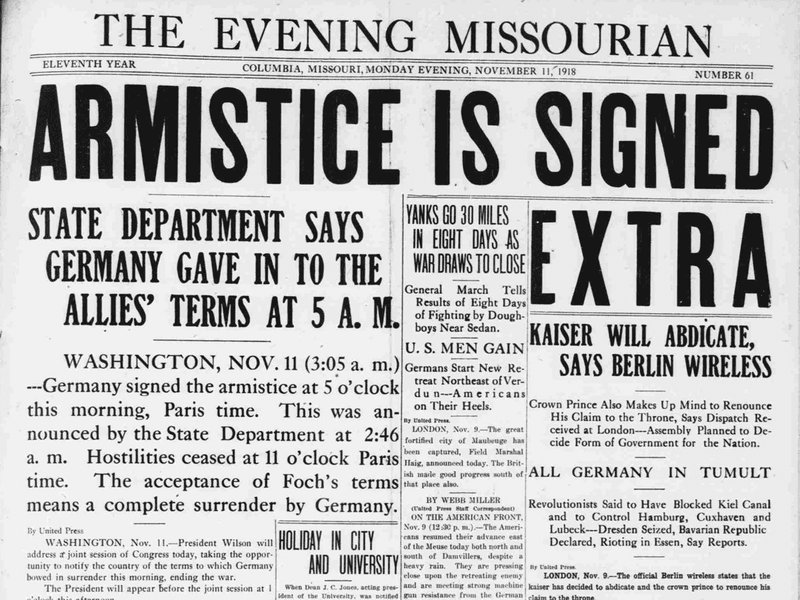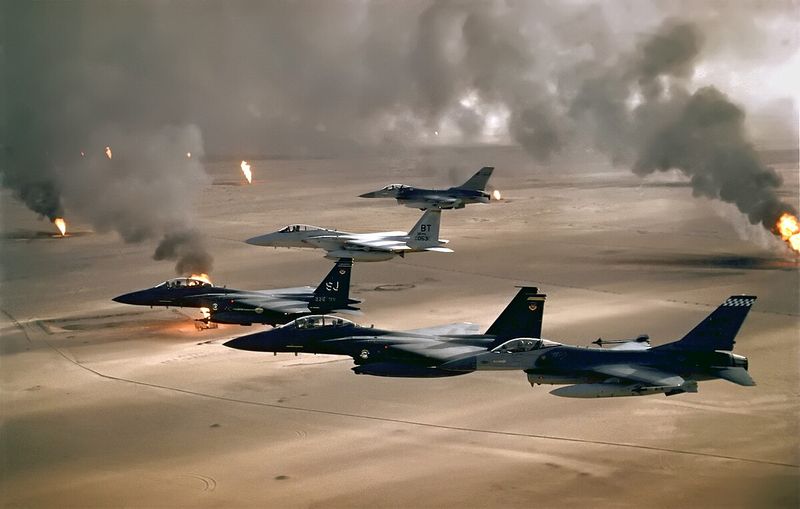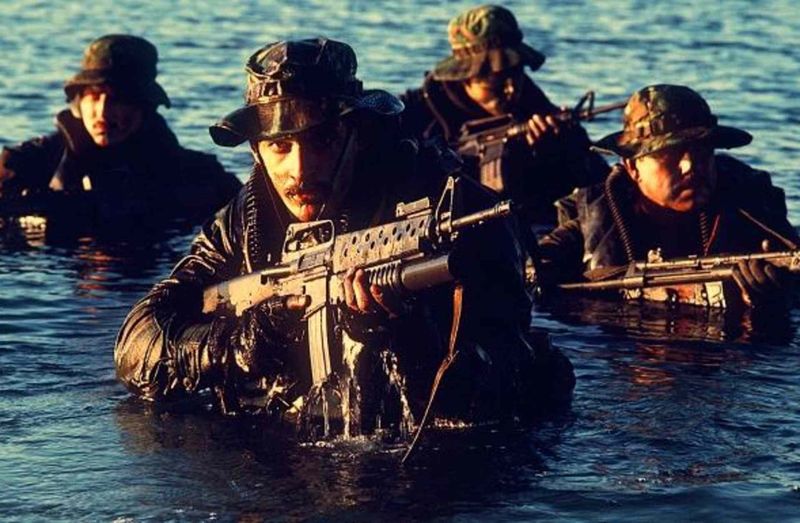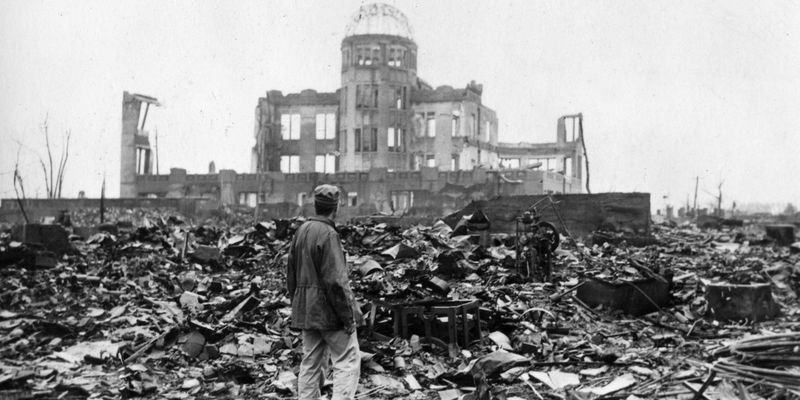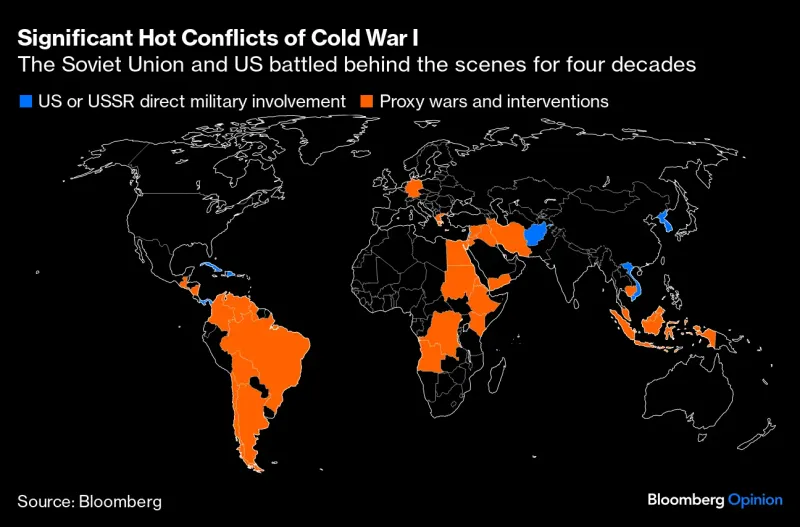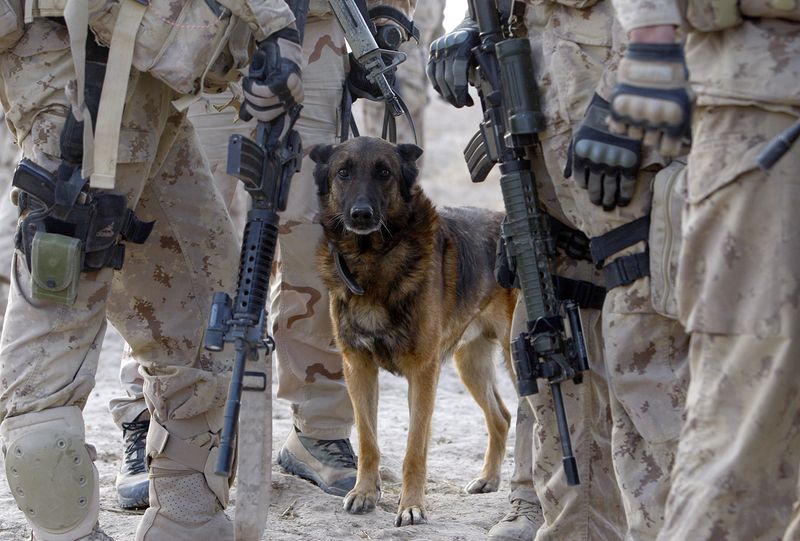For years, I thought I knew the truth about military legends, secret operations, and battlefield miracles. But it turns out, a lot of those stories are more myth than fact. Here are 13 military stories I believed for years—until the truth set me straight.
1. Napoleon Was Short
Napoleon Bonaparte, often the subject of the ‘Napoleon complex,’ was actually of average height for his time at around 5’6″. The myth of his short stature arose from misunderstandings between French and British measurement systems. This misconception became a cultural shorthand for perceived inferiority and compensatory behavior in leadership.
2. Vikings Wore Horned Helmets
The idea that Vikings wore horned helmets is a theatrical invention from the 19th century, popularized by operas and cartoons. In reality, no such helmets have ever been found in archaeological digs. The image of horned-helmeted warriors captures the imagination, but it reflects more on modern interpretations than historical fact.
3. The Pentagon Was Built That Way to Defend Against Attack
The Pentagon’s unique five-sided design wasn’t for defense purposes but was a practical decision due to land constraints that later changed. The design was already in place by the time the project moved, so it remained. Its structure has since become iconic, taking on symbolic meanings beyond its original intent.
4. The US Military Invented the Internet for War
While ARPANET was a military project, the evolution of the modern internet owes much to collaboration between academics and private industries. The military’s role was significant, but it wasn’t the sole architect of the internet. This joint effort led to the interconnected world we know today.
5. Patton Slapped a Soldier and Got Away With It
General Patton’s notorious act of slapping a soldier resulted in a significant backlash. Contrary to some narratives, he didn’t escape consequences—Patton was reprimanded and temporarily sidelined. This incident highlights the complexities of leadership and discipline in wartime.
6. The Legend of the Immortal Legion
The Roman Legion is often idealized as an immortal force. Their discipline and strategy were unmatched, but they were not invincible. The disaster at Teutoburg Forest in AD 9 saw three legions annihilated by Germanic tribes.
This defeat was a catastrophic blow to Rome, shattering the myth of Roman invincibility. Despite their reputation, legions were vulnerable to strategic missteps. What gives a legion its strength? It’s a question as old as Rome itself.
7. World War I Ended on the 11th Hour of the 11th Day of the 11th Month
Although the armistice of World War I was signed at this symbolic time, the cessation of hostilities was far from immediate. Soldiers continued to fight and die as news traveled slowly, and orders were not always promptly obeyed. This enduring myth simplifies the chaotic and tragic end of a complex conflict.
8. The Gulf War Was Won in 100 Hours
The Gulf War’s ground campaign lasted 100 hours, but the air campaign spanned over a month. This oversimplified narrative overlooks the comprehensive military strategies and efforts that led to the conflict’s resolution. Understanding this fuller picture offers a deeper appreciation of modern warfare’s complexity.
9. The Navy SEALs Have Always Existed
The Navy SEALs, officially established in 1962, are often confused with earlier special units. Their origins are entwined with World War II-era operations, but the SEALs themselves are a relatively recent creation. This myth speaks to the mystique and elite reputation these forces have cultivated.
10. The Atomic Bomb Ended World War II Alone
While the atomic bombings of Hiroshima and Nagasaki were pivotal, historians argue that Japan’s surrender was heavily influenced by the Soviet Union’s sudden entry into the war. This dual pressure expedited the end of hostilities, demonstrating the multifaceted forces that shaped this historical moment.
11. The Cold War Was “Cold”
Though termed ‘cold,’ the Cold War was marked by proxy wars, espionage, and nuclear brinkmanship, making it anything but peaceful. This period was charged with tension and conflict, with superpowers engaging in indirect confrontations across the globe. The paradox of its name reflects a deeper historical complexity.
12. All Soldiers Supported Every War They Fought In
History reveals that soldiers have not always been united in their support for wars. The Vietnam War, in particular, saw widespread dissent among troops, challenging the monolithic portrayal of military cohesion. This myth ignores the varied and personal responses soldiers have had to their missions.
13. Military Dogs Are Just Pets With Helmets
Far from being mere mascots, military dogs are highly trained assets crucial for detecting explosives, patrolling, and saving lives. These canines have ranks, careers, and some even retire with pensions. Their partnership with handlers exemplifies loyalty and bravery on the battlefield.
